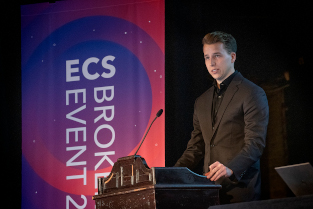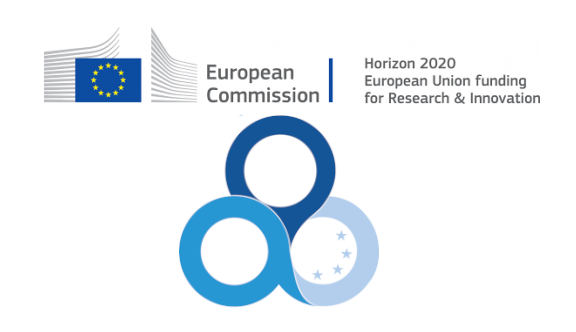Not least, the latest chip shortage shows the need for a way more effective semiconductor production. The Generic Data Model (GDM) intends to open the gates to an unprecedented effectiveness through collaboration and data exchange while safeguarding the individual interests of the parties involved. For the first time, competitors that usually try to outperform each other can strive for the common goal of improving their overall market positions.
Collaboration and transparency based on a common language
Due to the unique situation in semiconductor industry where the demand is by far outgrowing the production capacities, they realise that it makes more sense to increase the cake in total than to fight over pieces of the cake. Competitors working together to achieve the best result for all of them was the ultimate vision of the project Productive4.0, and it is continued within its successor SC³. The recent market pressure reveals the necessity to make it come true.
In order to enable such collaboration, it takes a “ground truth”; you could say the companies have to agree on the language they are speaking. This is the purpose of the Generic Data Model. GDM is an agreement on a common standard for their supply chain-related data. It represents the structure of a typical semiconductor supply chain in a database format.
Revolutionising production with an unseen effectiveness
In short, GDM with its data sets provided by all partners involved is publicly available. Together with the Digital Reference and the Semantic Web creating a common language to interconnect IoT the entire supply chain is modelled. And the digital twin allows for decisions in an unseen effective way.
In SC³, project partner Bosch is responsible for GDM and describes the main milestones: “The Generic Data Model enables collaborative supply chain planning which in its form is new. It is of utmost importance since the semiconductor crisis calls for advanced planning and optimal throughput in the industry. Using an agreed generic data structure can increase operational collaboration among different partners and it reduces efforts for individual data exchange. Shared planning approaches can be developed on this basis, covering all production partners in the supply network.
Moreover, GDM enables external stakeholders to develop their models and solutions based on realistic data and the corresponding structures, which reduces the implementation effort for all external methodologies. Hence, the collaboration with research institutes and software providers will be tremendously simplified as everyone can refer to its provided approach on the commonly accepted Generic Data Model. Thereby it can be guaranteed that the assumed data structure exists in each production site”.
Developed in Productive4.0, perfected in SC³
While the idea and the initial structure were developed in Productive4.0, it is now up to SC³ to bring the idea to life. This is executed within three work streams.
First, the model needs to be constantly improved. Hence, it is connected to the Digital Reference Model, which is also developed in SC³, implementing an open-access feedback loop to the data model.
Second, the model needs to be applied within the industry. Therefore, comparative analyses are executed to identify gaps within the model and to close them.
Third, the data from the industry needs to be published. To that end, the data sets from all industrial partners are compared, merged and finally published. As this analysis also unveils differences in the model application from each partner, this step again improves the uniformity of the model and its application.
Reinforcing Europe’s position in the world
It is the first time that the collaborative effort was driven to find a common, generic way to describe typical semiconductor fabs, products, and workflows. In other words, with GDM as one of the main parts of the project, SC3 is good to reinforce the European position in the international arena. That at least was the anticipation of the EU programme promoter ECSEL Joint Undertaking (JU) in its final review on the predecessor project Productive4.0.


